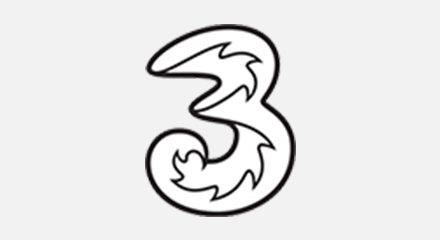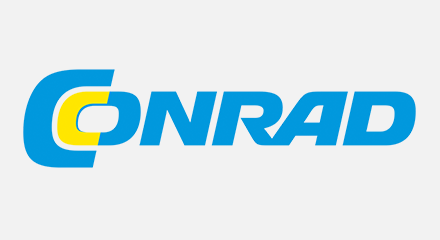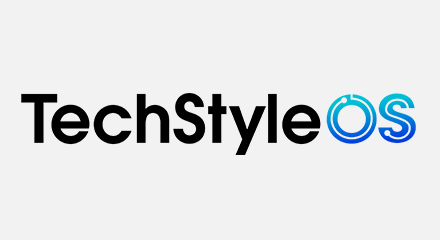Groundbreaking B2C and D2C sales strategy
One of the world’s biggest home appliance manufacturers, Electrolux Group strives to improve everyday life for millions. The Swedish company embodies this guiding principle in every idea, product and human interaction. It competes in a fast-changing market, where customers regularly switch between visiting stores and shopping online.
Driven by the rise in eCommerce, Electrolux Group saw an opportunity to develop B2C and D2C channels — launching its Consumer Centric Transformation (ConCenT) program with the goal of getting closer to its customers and driving sales. Success meant redesigning its contact centres for greater efficiency and faster innovation.
“Old technology stood in the way of realising our B2C and D2C model,” said Mateusz Jazdzewski, Head of IT Consumer Solutions and Head of CX Product at Electrolux Group. “Our agents had to navigate between different channels and systems with no CRM integration and limited outbound, routing and reporting tools. So, we struggled to track journeys, increasing handle time and making service inconsistent.”
Tightly orchestrated digital journeys
Electrolux Group executed a threefold B2C and D2C strategy. “We wanted a cloud platform that combined omnichannel routing, AI-powered analytics and a unified agent desktop for managing the D2C sales funnel,” added Jazdzewski. “Genesys really embraced the challenge of having one synchronised agent screen. Yet, actually in the backend it handles lots of IT complexity, matching processes from different applications so it’s incredibly easy for the end user.”
Now deployed across 11 countries (with four more to follow in 2023), Genesys Cloud ensures efficient multitasking with inbound, outbound, email and chat conversations managed from a single desktop. Agents quickly collaborate with colleagues using the platform interface. Managers and supervisors always have visibility into what’s happening, instantly drilling down into reports and monitoring queues and workloads.
Voicebots and chatbots powered by Google Cloud Contact Center AI (CCAI) detect customer intent and suggest self-service options, or intelligently route calls to the best specialist with the right skills.
“Thanks to the native integrations between Genesys and Google Cloud, it never felt like we were buying two separate products,” said Jazdzewski. “In fact, it allowed us to rationalise our IVR phone numbers and save money. Now, our consumers are taken care of immediately and don’t have to wait in queues. And the agent can open the conversation with ‘Hey, I can see your oven’s broken’ and start off on the right foot.”
Registered consumer product information is automatically stored in the CRM system and is used, for example, to pre-populate tickets and save agents time. And holistic understanding of the customer is based on combined data from virtual and live agents — rather than a single interaction.








